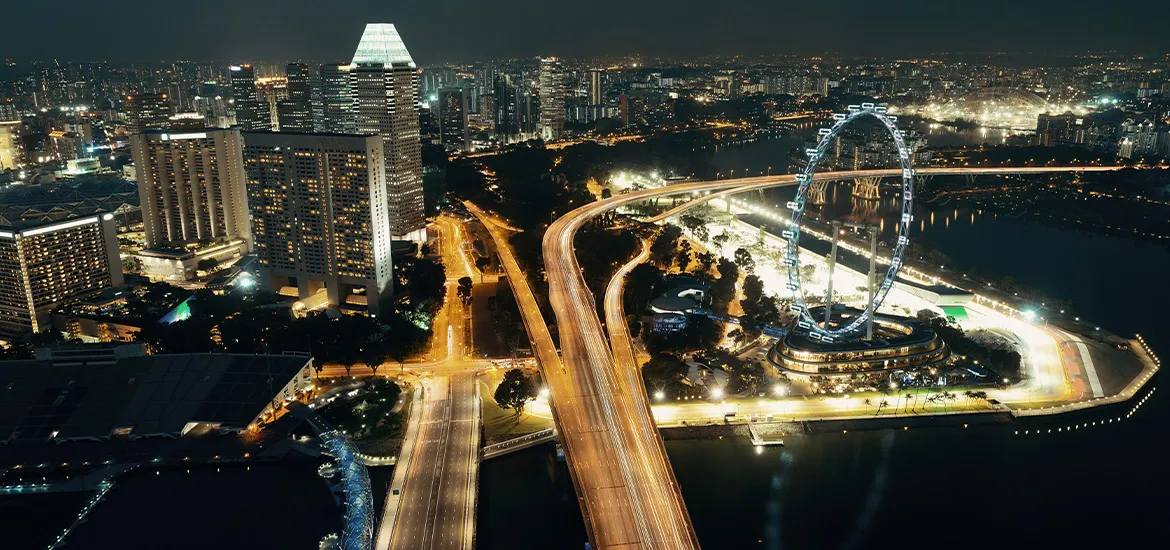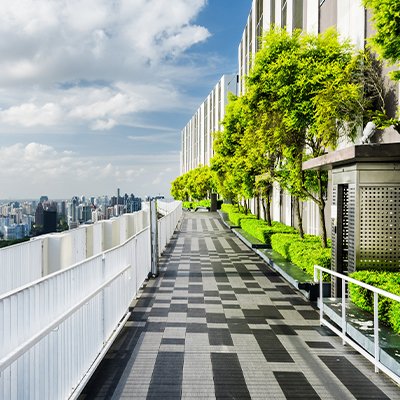The organisers of the Formula One Singapore Airlines Singapore Grand Prix have set out a plan to halve the emissions produced from energy sources during the race weekend by 2028.
This comes as a study by Singapore GP of the carbon footprint of 2022’s race weekend found that most of the emissions generated – 96.1 per cent – came from providing the energy required to power the event.
It aims to do so with a broad slew of initiatives, some of which kicked in for 2023, including the use of LED lighting across the entire 4.94 km Marina Bay Street Circuit and 1,396 solar panels installed on the roof of the F1 Pit Building in July.
The 2023 event will take place next Friday to Sunday (15 to 17 Sep 2023).
The solar panels, Singapore GP said, will generate enough electricity to power the building for the entire race month.
The study found that the total amount of carbon dioxide emitted over a five-month period, from the time work started to set up the circuit in July and, after the race, to tear down all the infrastructure in November, was 2,372 tonnes.
This figure does not include the emissions produced by the freight, logistics and travel requirements of the racing teams.
In comparison, an individual living in Singapore produces about 8,310 kg of carbon dioxide for the whole year.
Elsewhere, the Singapore GP is looking to use B100 biodiesel and hydro-treated vegetable oil in all its on-site generators and shift away from conventional fossil fuels such as diesel by 2028.
B100 biodiesel is a biofuel composed wholly of oil from vegetable or biological sources.







